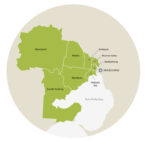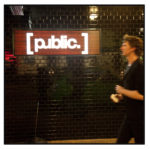How to include physical activity related health benefits in the economics of urban planning
Belen Zapata-Diomedi, Lennert Veerman. Attributes of the built environment, such as street connectivity, diversity of land uses and transportation infrastructure can positively influence physical activity of urban populations, which results in health and economic benefits. However, decisions within the built environment are usually made without a full consideration of health outcomes. While health effects related to road trauma and exposure to poor air quality are included in the appraisal process in the transport sector, physical activity is not assessed on a routine basis. This incomplete picture may result in a bias towards built environments that are not supportive of physical …








